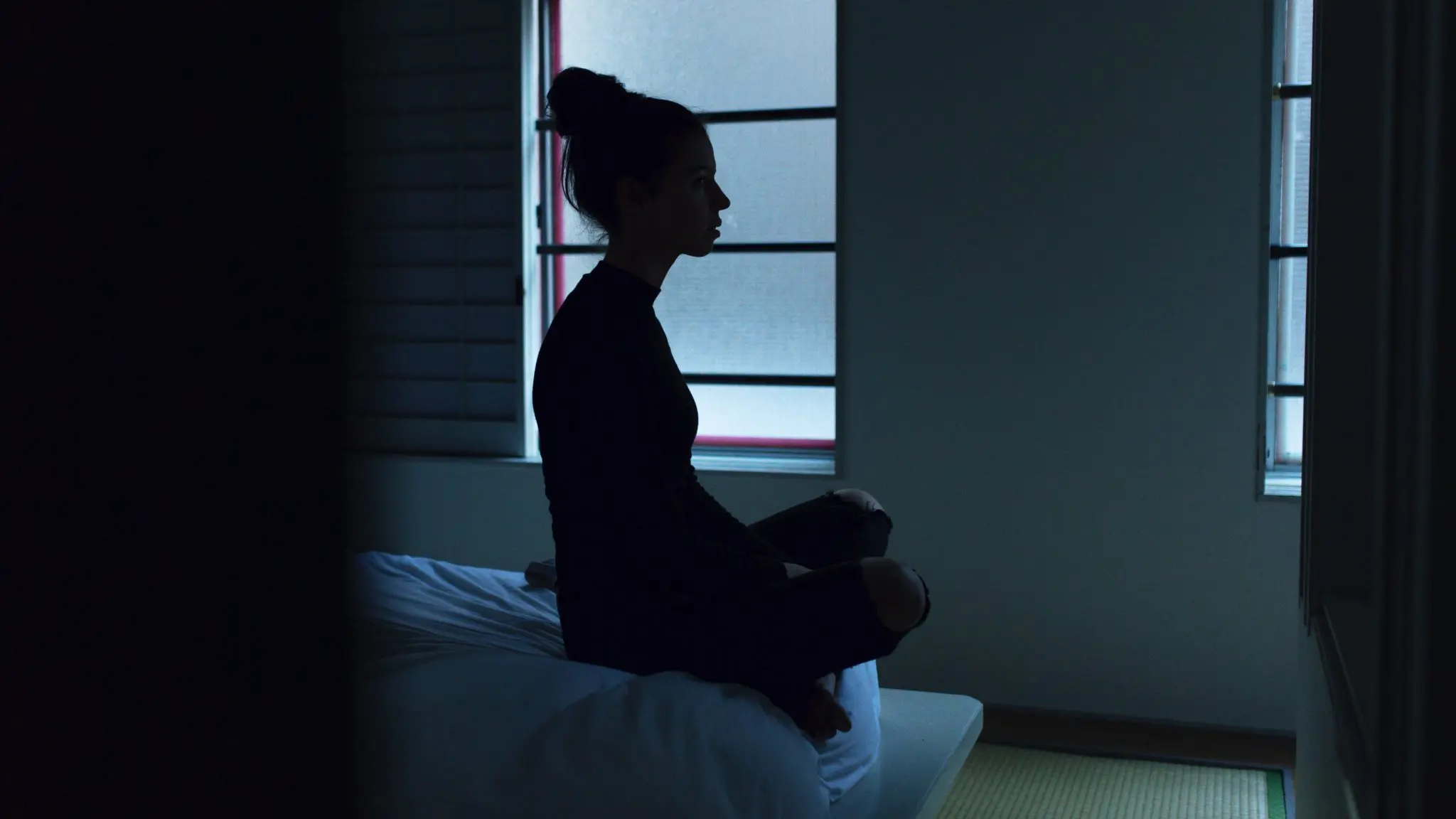Depression is a serious topic that many people don’t treat seriously. They should. Major depressive disorder affects 16.1 million adults in the United States, or 6.7% of the population.
Symptoms of depression may also occur seasonally. Depression symptoms that appear with the shorter, darker days of winter are colloquially called seasonal depression, but are properly known as seasonal affective disorder (SAD).
Symptoms of SAD
Some symptoms of SAD are similar to symptoms of major depression. These symptoms may include:
- Depressed mood and feelings of hopelessness
- A lack of energy or motivation
- Difficulty concentrating
- Changes in sleep and appetite
- Loss of enjoyment of hobbies and other things one once loved
- Thoughts of death or suicide
Other symptoms that may be unique to SAD are:
- Heaviness in arms and legs
- Frequent oversleeping
- Cravings for carbohydrates or weight gain
- Relationship problems or avoiding friends (social withdrawal)
Several factors may influence SAD. Shorter days with less sun may cause levels of serotonin and melatonin to shift, and throw off your sense of day and night. People who live further from the equator are more likely to experience SAD, as are women and young people. People with a family history of depression also appear to be more likely to experience SAD.
Methods to combat SAD
- Exercise
- Yoga
- Meditation
- Music or art therapy
- Aromatherapy
- Getting more sun
- Socialization
- Getting the right amount of sleep (no more than 7-9 hours, getting up and going to bed
at the same times every day) - Light therapy
- Cognitive behavioral therapy
- Possibly even planning a trip to a sunnier location
Light therapy may help combat SAD by raising serotonin levels. Therapy, such as cognitive behavioral therapy, which teaches how to recognize negative thought patterns and transform them, may also help.
There is a possibility that SAD may be linked to vitamin D deficiency. Since vitamin D is usually synthesized during sun exposure, taking a supplement may help. However, research has been mixed, so supplements alone are not considered a solid treatment.
Spring and Summer SAD
Some people may experience SAD in spring or summer, with seemingly opposite symptoms—insomnia, anxiety, poor appetite and weight loss. However, some core treatments (cognitive behavioral therapy, exercise, and going to bed and getting up at the same time each day) are the same.
Conclusion
Always consult your doctor before beginning any treatment. What seem to be SAD symptoms may be covering up an underlying problem.
Mental illness is diagnosable and treatable. With the right care, your symptoms can alleviate and your quality of life improve.
Katherine Hartner is Encounter Telehealth’s Social Media and Marketing Intern. She is studying journalism, with a concentration in PR and advertising, at UNO. She has written multiple articles for the Gateway, UNO’s student-run newspaper, and is active with MavRadio, UNO’s college radio station. In her free time, she enjoys writing fiction, gardening, and volunteering.


